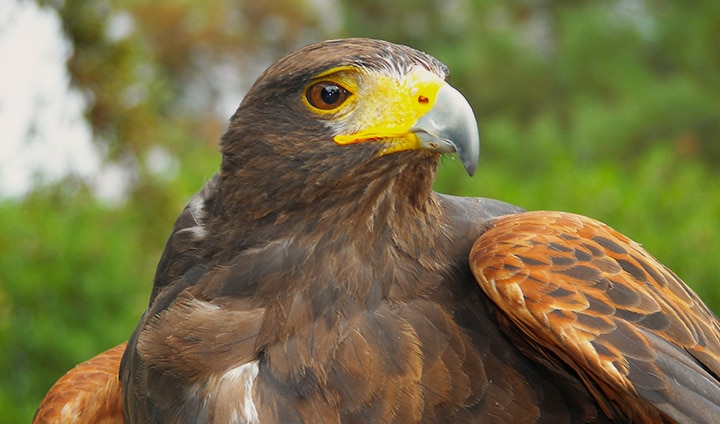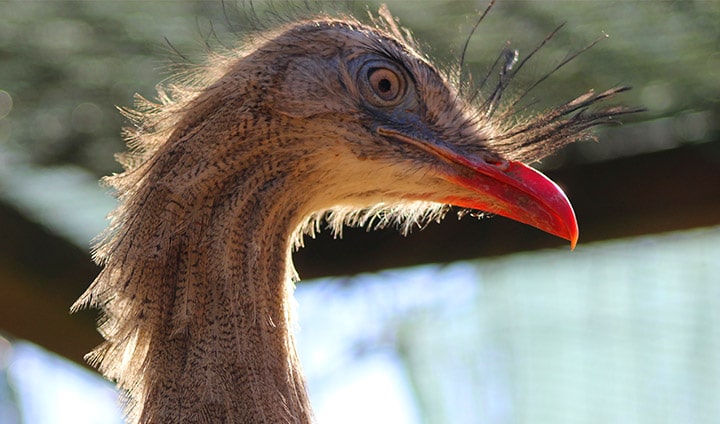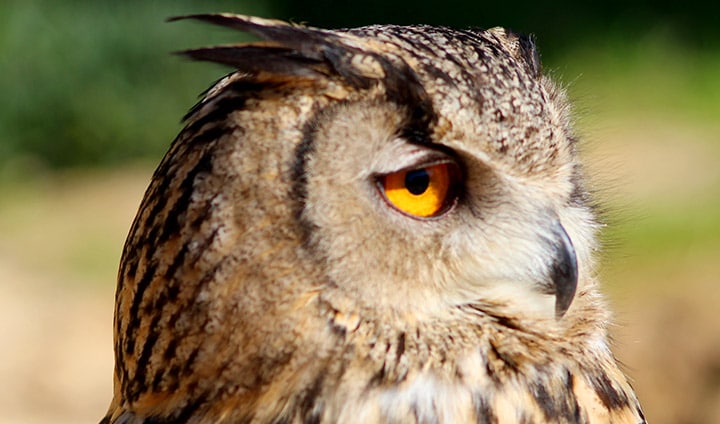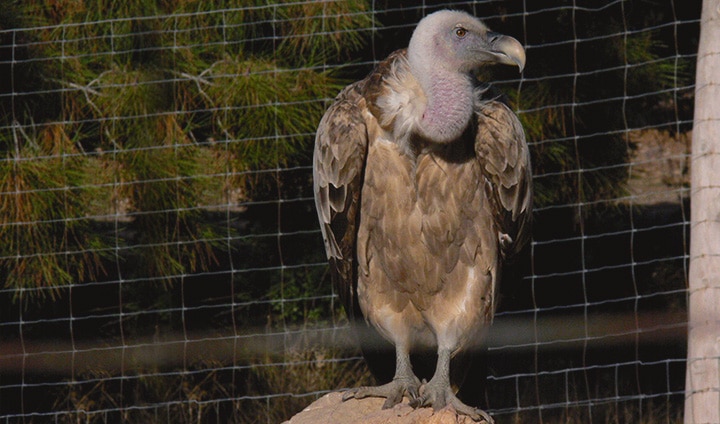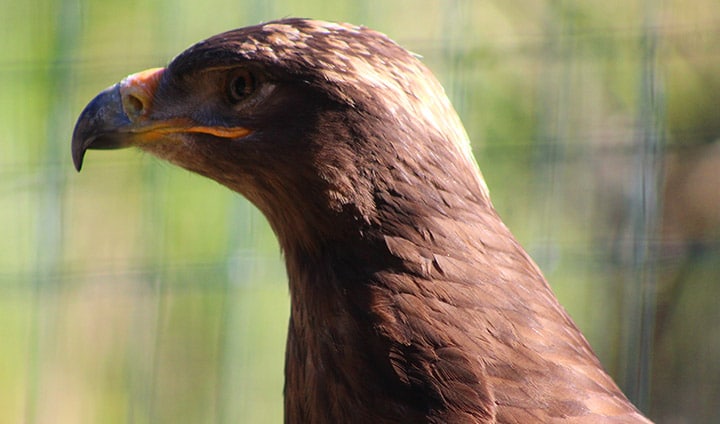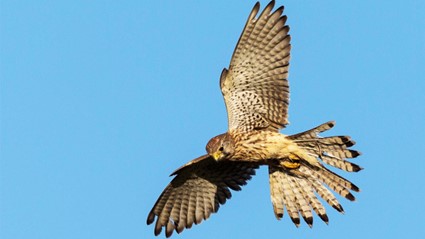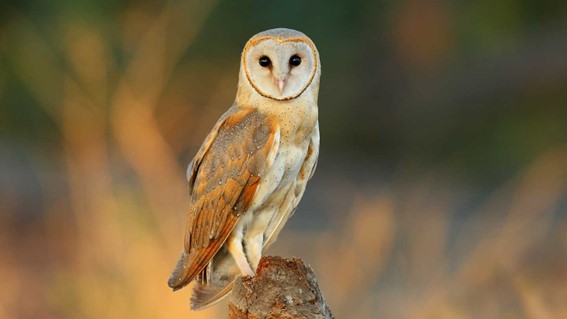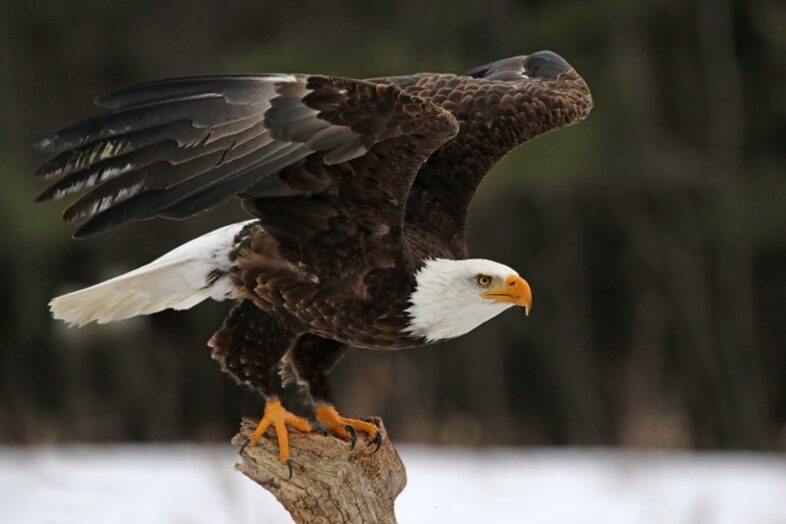Diet: Considered opportunistic animals, these eagles have a very varied diet, but their preference is fish. The types of fish you can eat range from sea bass, eel, salmon and even cod. Another source of food comes from various water birds and their eggs. In winter, their diet switches to dead animal carcasses and small mammals, such as rats, squirrels and even otter pups.
Reproduction: Eagles have a monogamy system, that is, when they form a couple, it lasts for life until one of the members dies. Even though they have a pair, the couple has a display before entering reproduction, it consists of several flights with each other. They reach sexual maturity at 5 years of age and both prepare the nest 1 to 3 months before laying. Normally females lay 1 to 3 eggs per season and only 1 survives. The laying season varies depending on the location of the birds. The incubation period lasts about 35 days, followed by about 11 to 12 weeks in which the chick is permanently in the nest and depends on its parents to survive. From 8 weeks onwards they can start trying to leave the nest.
Distribution and Habitat: These eagles are distributed throughout North America near large areas of water. They are native to Canada, the United States of America, and parts of Mexico. In terms of habitat, they prefer areas with lots of water, sea coasts, estuaries, lakes and rivers.
Behavior: Very large groups of these eagles are normally seen in places with a wide variety of food. Despite forming couples, they are highly solitary animals outside the breeding season.
Scientific Name: Haliaeetus leucocephalus
Class: Aves
Order: Falconiformes
Family: Accipitridae
Dimensions: 1,7m – 2,3m of wing span
Weight: 4 – 5 kg
Longevity: 40 years in captivity and 20 years in the wild
Conservation Status: Least Concern



